It is an honour to welcome you Lesley to On the Tudor Trail. What ignited your love of the 16th century?
It is my great pleasure to join you and all lovers of this extraordinary period in English history.
For as long as I can remember, I have been fascinated by history and particularly Tudor history. I lived near a large London Museum and would go there every weekend in my anorak (in all weathers – strange child) and look at the marvelous collection. Eventually, some of the Curators got to know me and would call me over to put on white gloves and hold artefacts.
Others simply ran off at the sight of me and I can’t say I blame them!
I also used to go to the London Antique markets and spend pocket money on things that fascinated me such as false teeth. My mother was pleased.
By the time I was 15 I was absolutely committed to Elizabeth 1st. I intended to dedicate my life to understanding her and I have.
You are the Curator of Tutbury Castle. Share with us a little about what this role involves?
The Castle is an 11th Century Royal Castle with additional evidence of man being here 10,000 years ago. That means in English Law that the property is a Scheduled Monument and very little can be done here – including putting a nail in the wall, without permission from the highest level. Government
Minister level in fact.
Henry VIII was here and Mary Queen of Scots was here as a prisoner four times. Those are the Tudor Monarchs that visited and I have held a letter in my hand signed by Henry VII regarding the gardens here and how they should be cared for carefully. Dozens of other Royal personages have been here too.
I have to ensure the castle is well cared for and respected. Also I have to ensure the grounds are also carefully tended. The collection of furniture in the Great Hall dates back to the 15th Century in some cases so this has to be looked after too.
Displays and information have to be easy to understand whilst providing the highest possible quality information e.g. up to date and well sourced.
I have some lovely, dedicated staff and they have to be motivated and helped in furthering their education.
Finally I spend much of my time on stage or TV promoting the lives of our ancestors –usually in costume as the living breathing Queen Elizabeth herself or the tragic Mary Queen of Scots, not to mention the murdered Anne Boleyn.
You are well known for your powerful, dramatic interpretations of Elizabeth I, Mary Queen of Scots and Anne Boleyn. Why do these women fascinate you?
The biting intellect of Elizabeth and a childhood with darkness in every corner producing one of the greatest women in world history, makes her fascinating.
Mary Stuart was so beautiful and sexy with all that royal blood in her veins, queen of two nations, catholic, never declared bastard, bore a son and yet with all that opportunity managed to lose it all – now that is some story and I have to say much of her downfall was self-induced.
Anne, that brilliant woman who was a trailblazer and one of the great catalysts of the Reformation, murdered so a king could have a son. Anne, was also the mother of Elizabeth, reason enough to study her further.
There are many public misconceptions about Henry VIII and his Queens. In your opinion, what is one of the worst?
Henry was not just that almost cartoon character who was fat all his life, ate chicken legs and chopped off people’s heads for no reason.
As a young man and well into his forties he was athletic, muscled, highly sexed and brilliantly well educated. He had a passion for his faith and wrote wonderful music, poetry and love letters to make your toes curl.
His company, intellectually, was sought by some of the greatest thinkers of the day such as Erasmus of Rotterdam. He played a number of musical instruments and had real charm.
Yes, he could be brutal but was a man of his time and his glittering sense of pomp may have cost the nation a great deal of money but put England firmly on the map as a nation to watch after being seen by the rest of Europe as in the wings.
You are a medical historian and have a particular interest in the lives of women in the late 16th century. What inspired your interest in this area?
The lives of women in history prior to the 19th Century have been poorly documented and fragmented. I have always wanted to meet our sisters of the past, look into their faces and say “Were you happy? Did you love? How did you lead your life?”
The secrets of a closed life in terms of sexuality and control of fertility are amongst the great forces in human existence – ask Henry VIII.
Consequently, I felt all worth researching – don’t you agree?
I read that you have lectured on 16th century contraception. What were some of the methods used?
Leather condoms, gut condoms, “No” (never very helpful), anal intercourse
and the tops of lemons or limes put into the birth canal to form a “Dutch
Cap”. Abortion mechanically and by herbal toxins were also used.
Of all the research you have undertaken about Life in Tudor England, what is one of the most interesting or peculiar facts or customs you have come across?
Dinner Parties up trees takes some beating for pre-telly entertainment.
Musicians playing on platforms in great Oaks whilst diners sat on a platform on the branches below. I have no idea how the servants managed bringing up the food – maybe in baskets.
Tutbury Castle runs many ghost hunting events and investigations. Have you ever seen a ghost or experienced something unusual?
Lots, blue lights moving like fairies in the King’s Bedroom. Footsteps. A large black shape that morphed in front of a group, including me.
Singing like children in the distance and a horrible growling sound that is threatening to all that hear it.
I enjoy hearing from people of the past in their own words. Letters reveal so much about the writer and the time in which they lived. Do you have a favourite historical quote?
“I know I have the body of but a weak and feeble woman, but I have the heart and stomach of a King and a King of England too.” Elizabeth I
Finish this statement:
Even though it has been 475 years since Anne Boleyn’s death, she continues to fascinate and provoke strong feelings and emotions because…
One of the great questions has been why a religious and highly educated woman who had refused, at considerable risk, the King’s bed for years might be accused of adultery, treason and incest. Not very likely and yet she was slaughtered .
The wall of lies that has built up between us and Anne over the years has grown so high we can hardly see over the top to see her. She refused to be the King’s mistress, unlike her sister, and therefore is called calculating.
What would she have been called if she had – a whore!
Thank you Lesley! It has been an honour to have someone of your expertise and infectious love of history speak with us. Come back anytime!


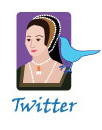




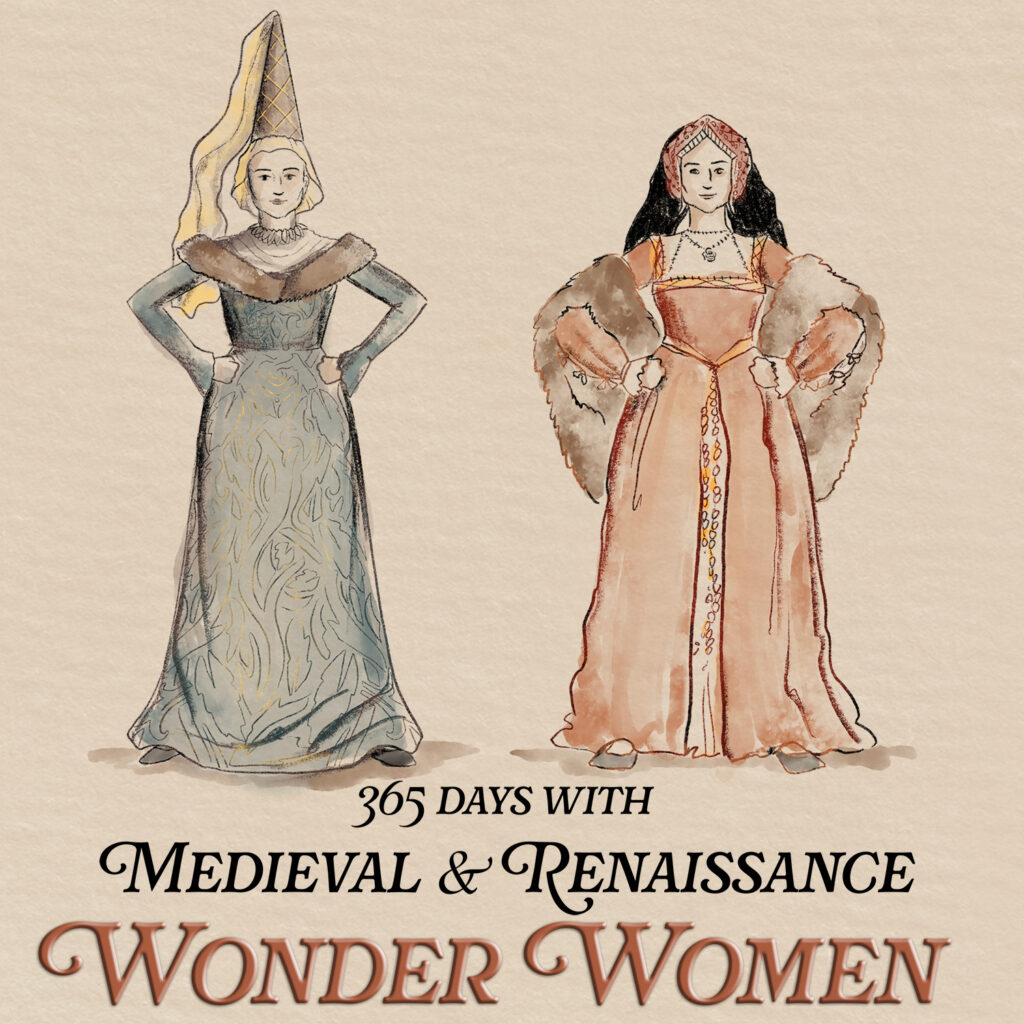

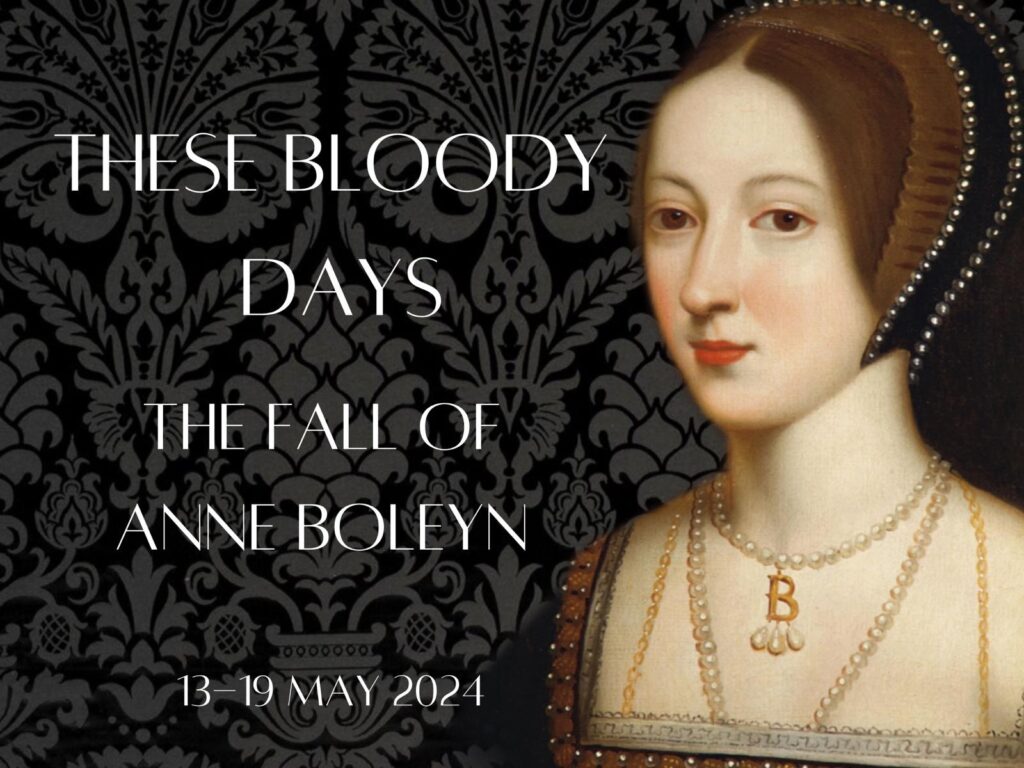
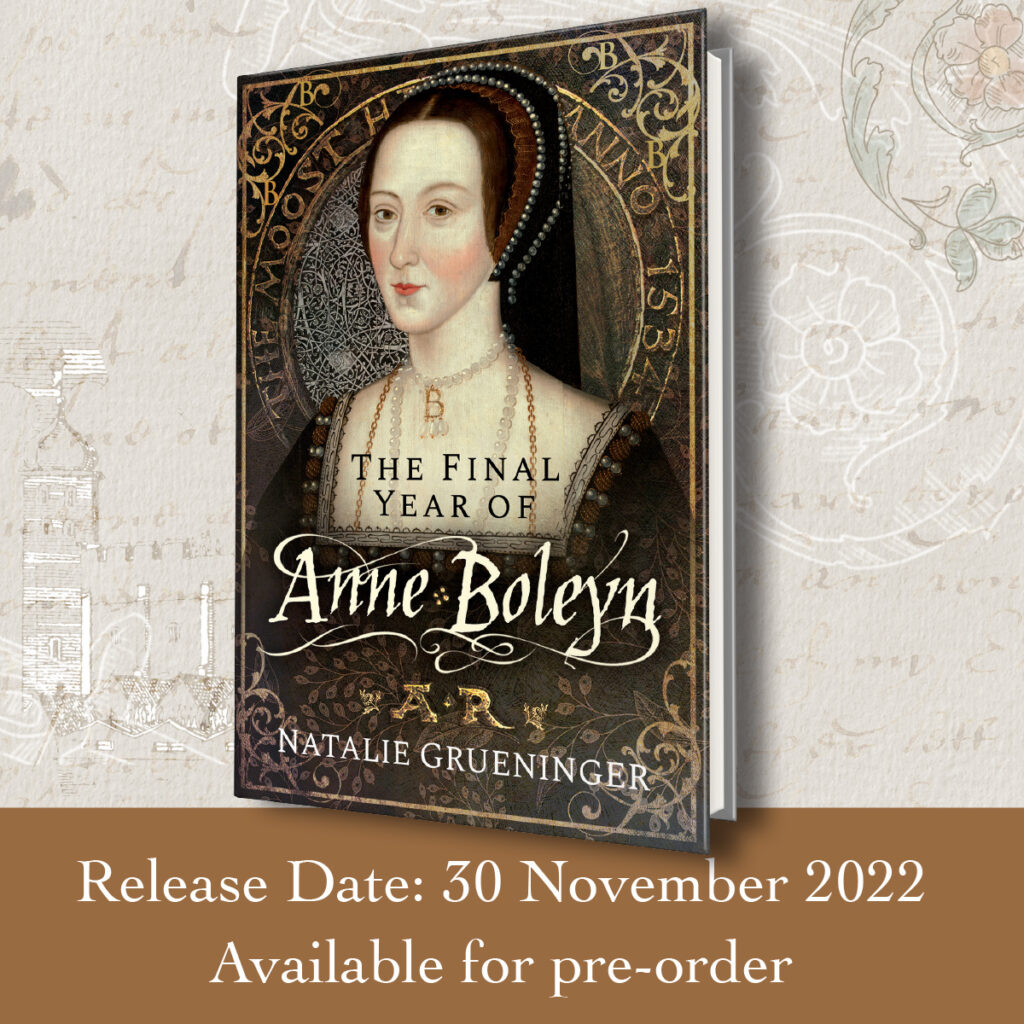
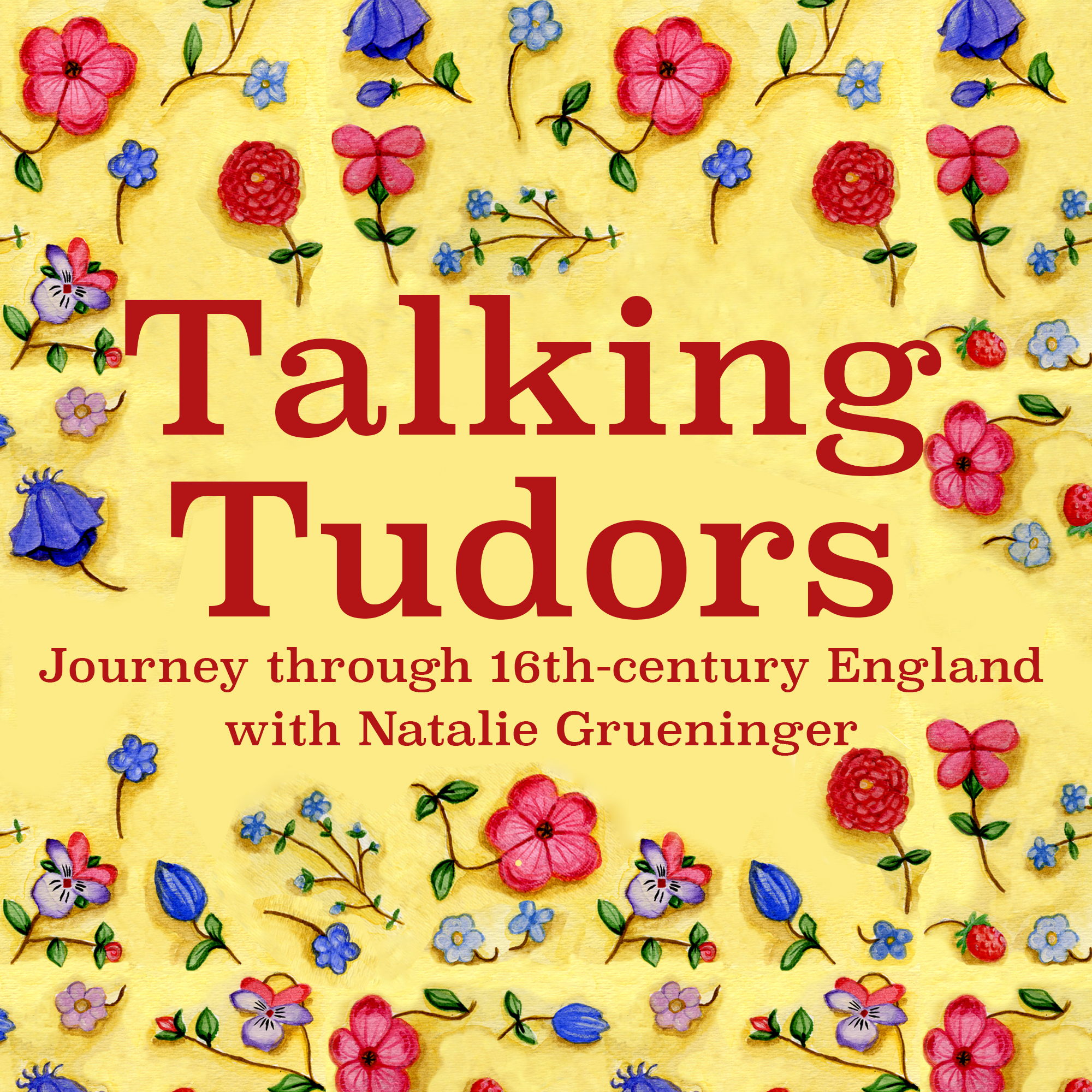

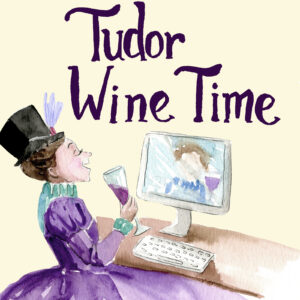
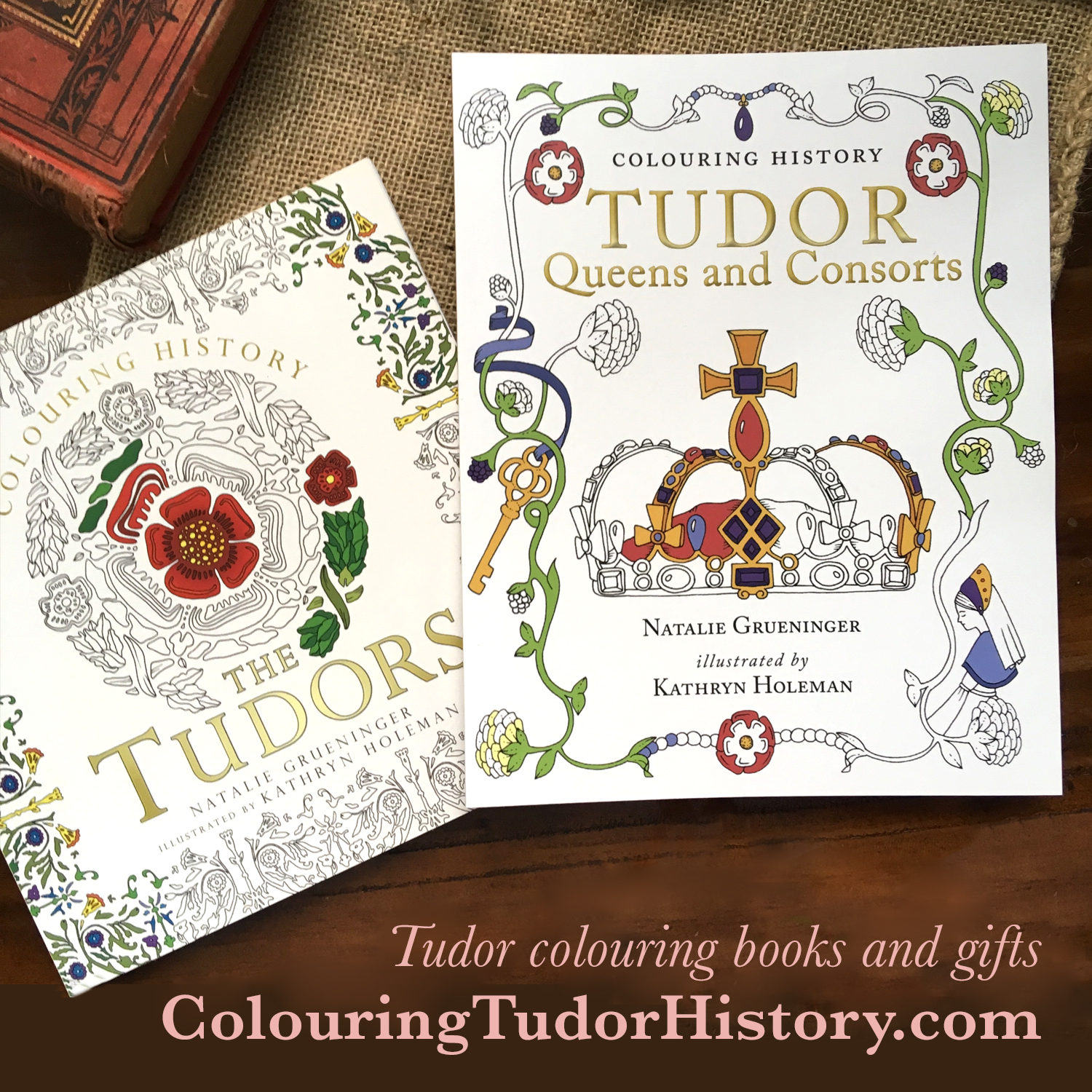

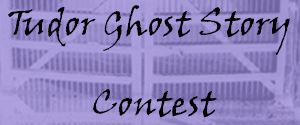

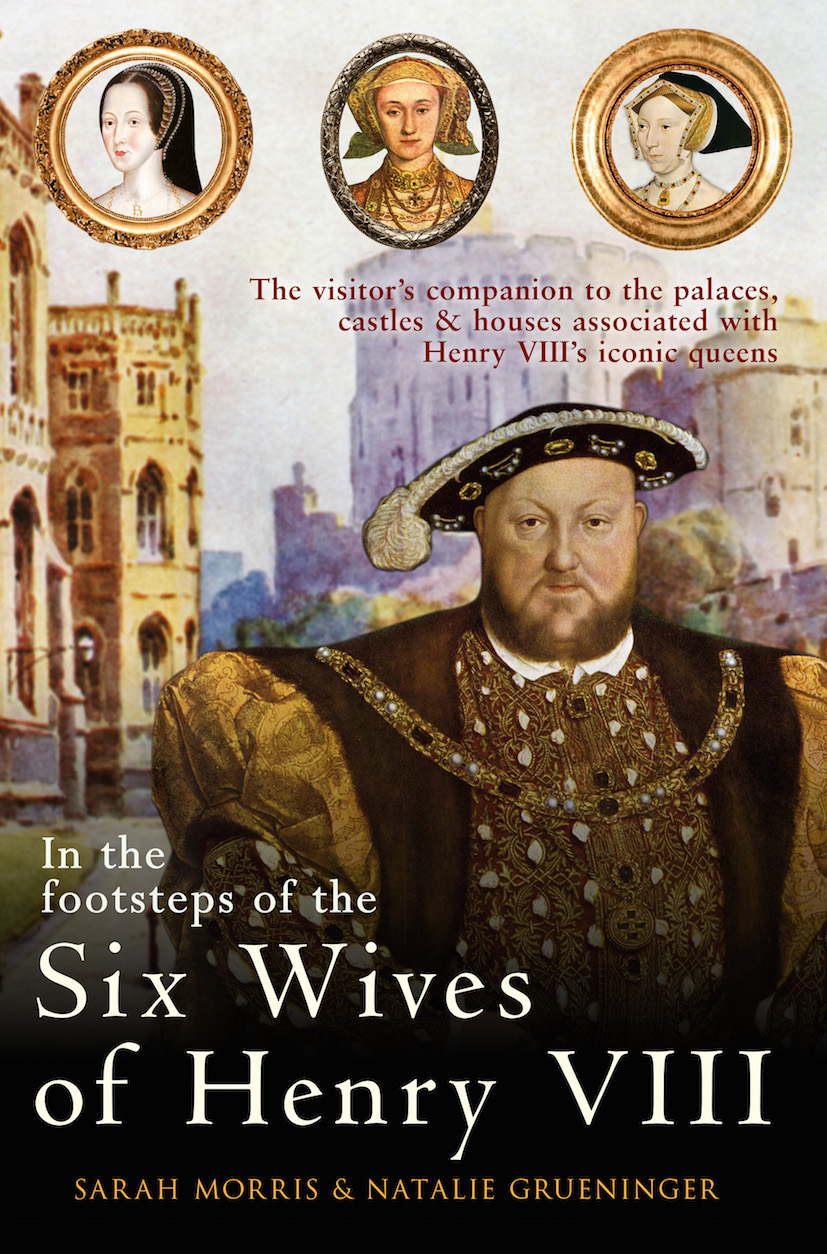
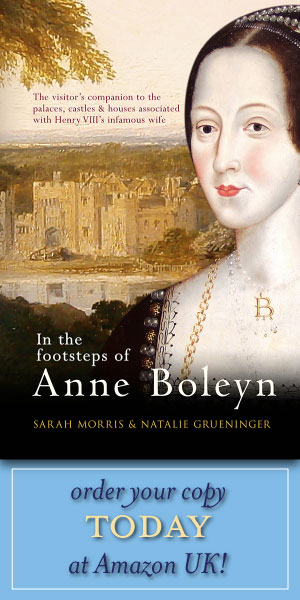
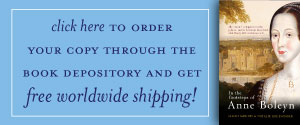
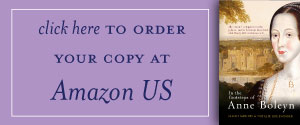
Thank you Natalie and Lesley for a great Q&A (refreshing to find a curator who doesn’t mind going on record as having seen a ghost – and also someone who has an equal admiration for the two rivals across the divide, Mary Q of S and Elizabeth).
Although never recorded as ever having taken place, it is tempting to think that the two might have met covertly at some stage. It would certainly make for a fascinating piece of dialogue within a play or novel.